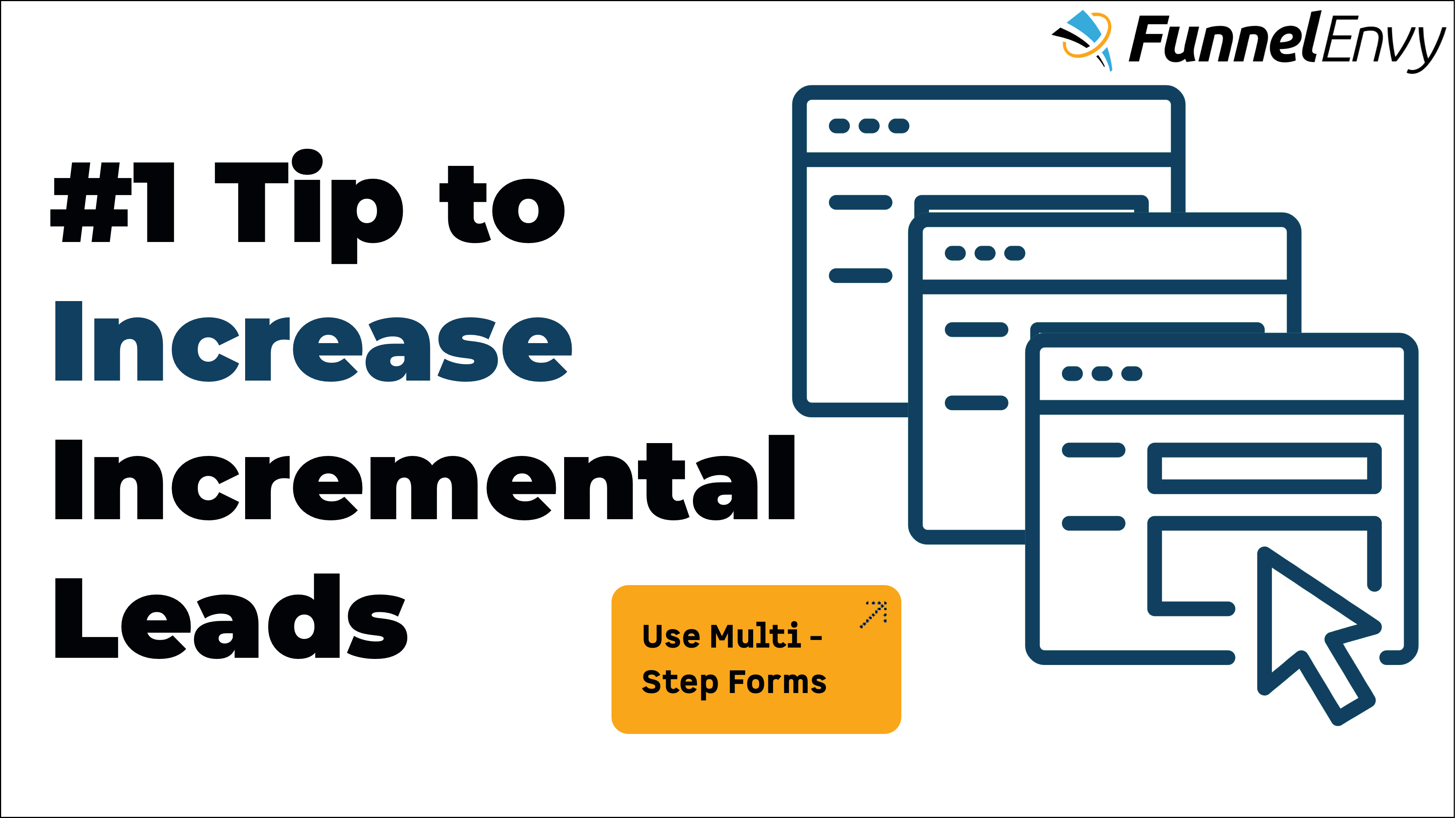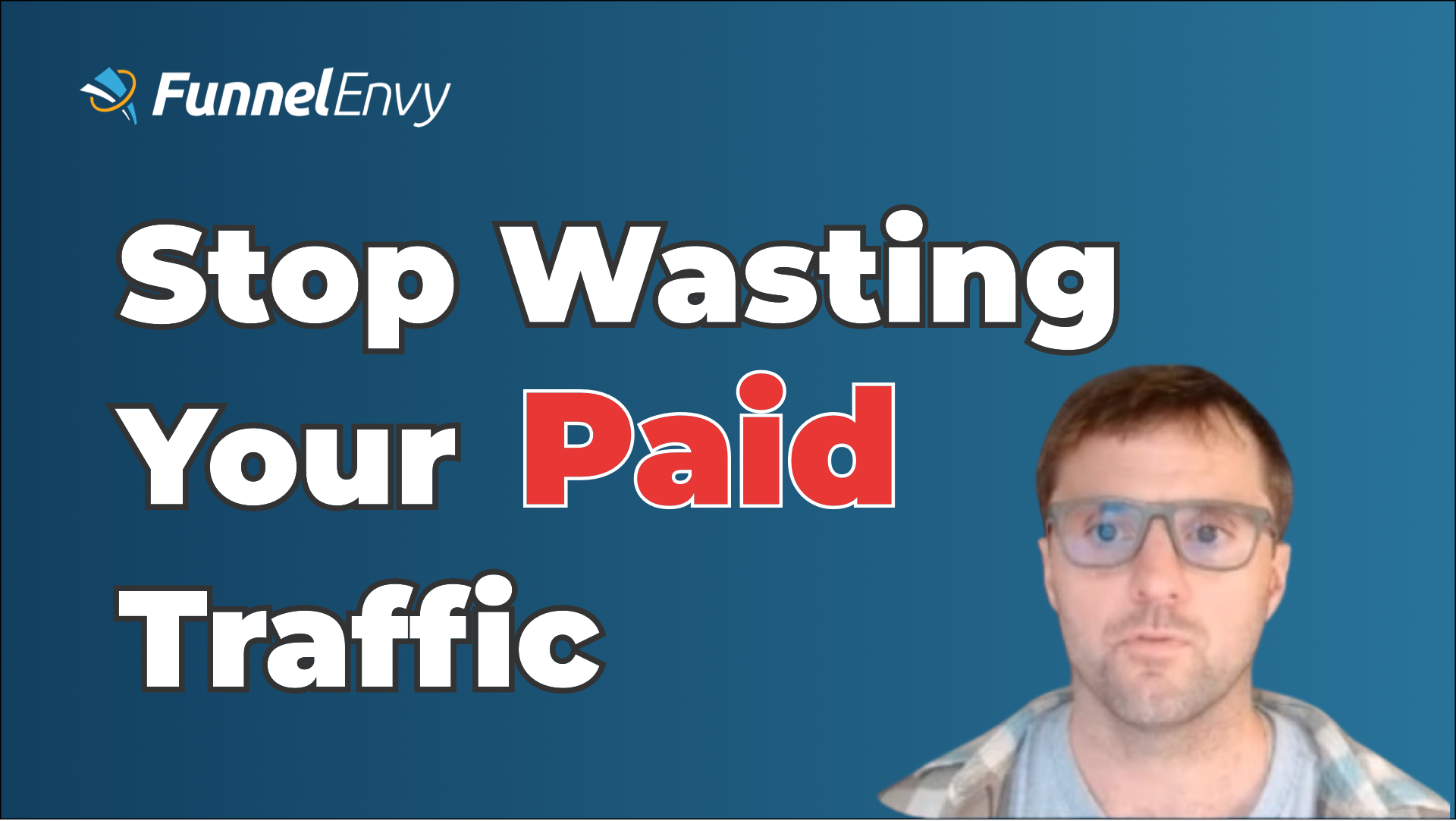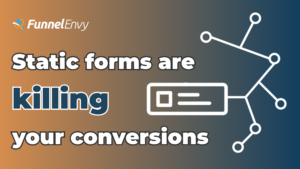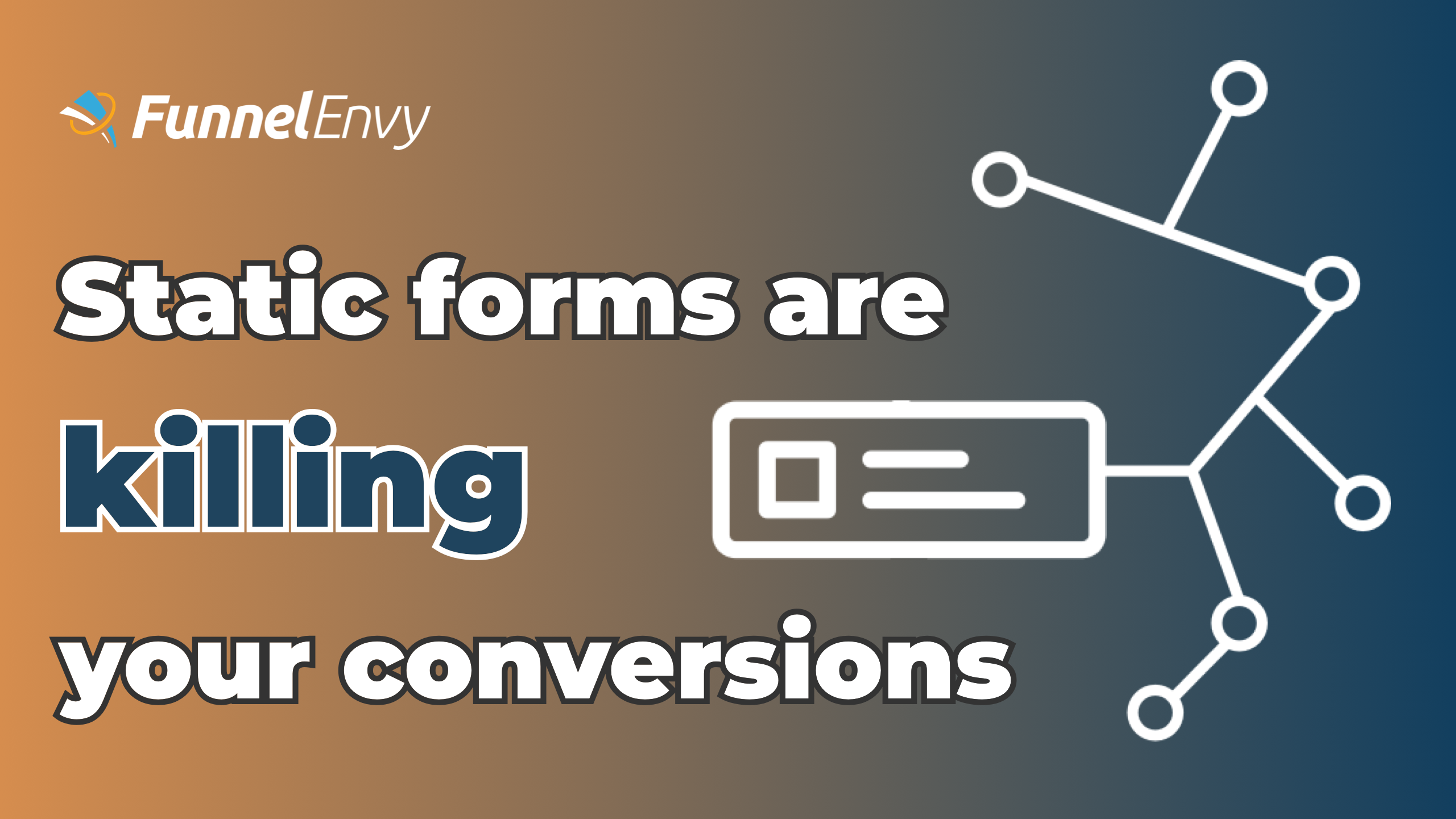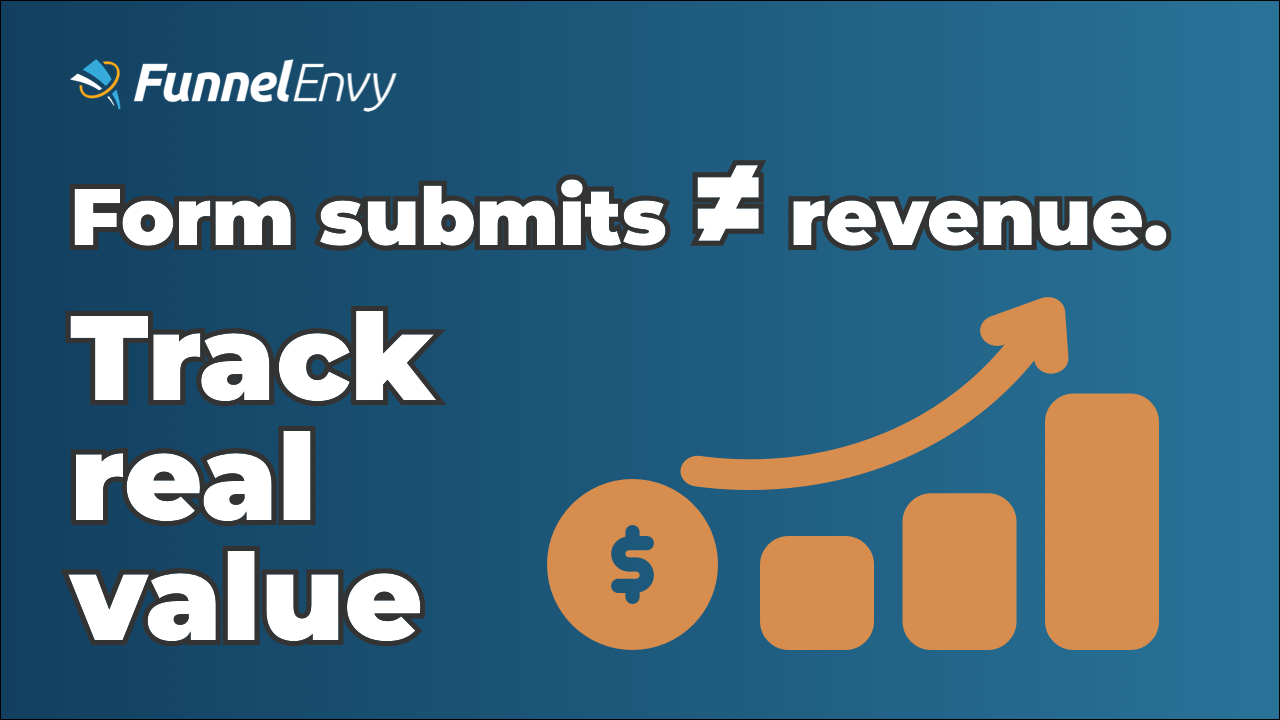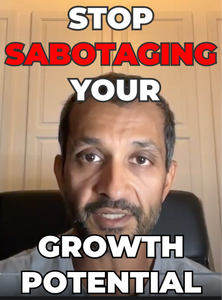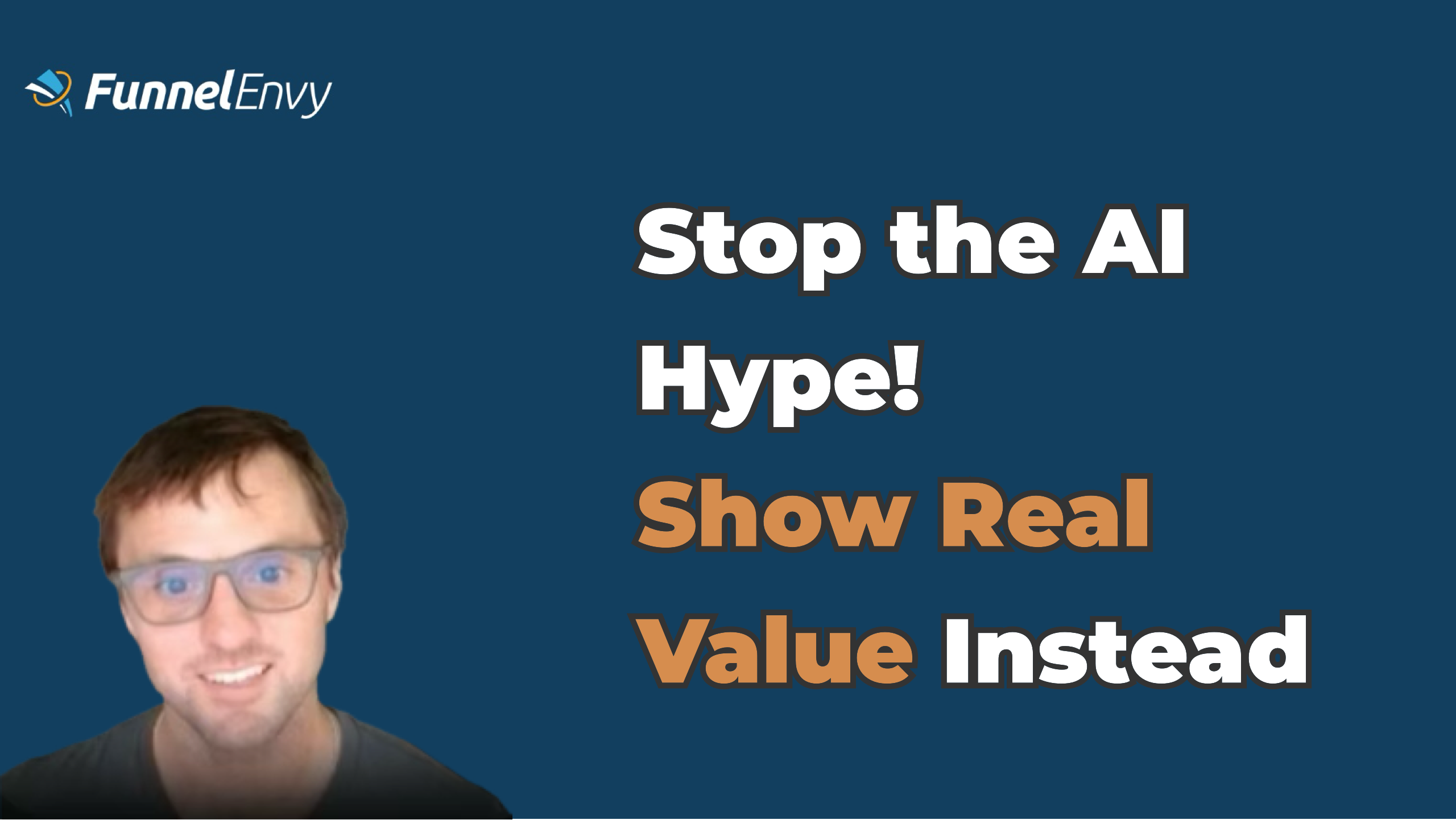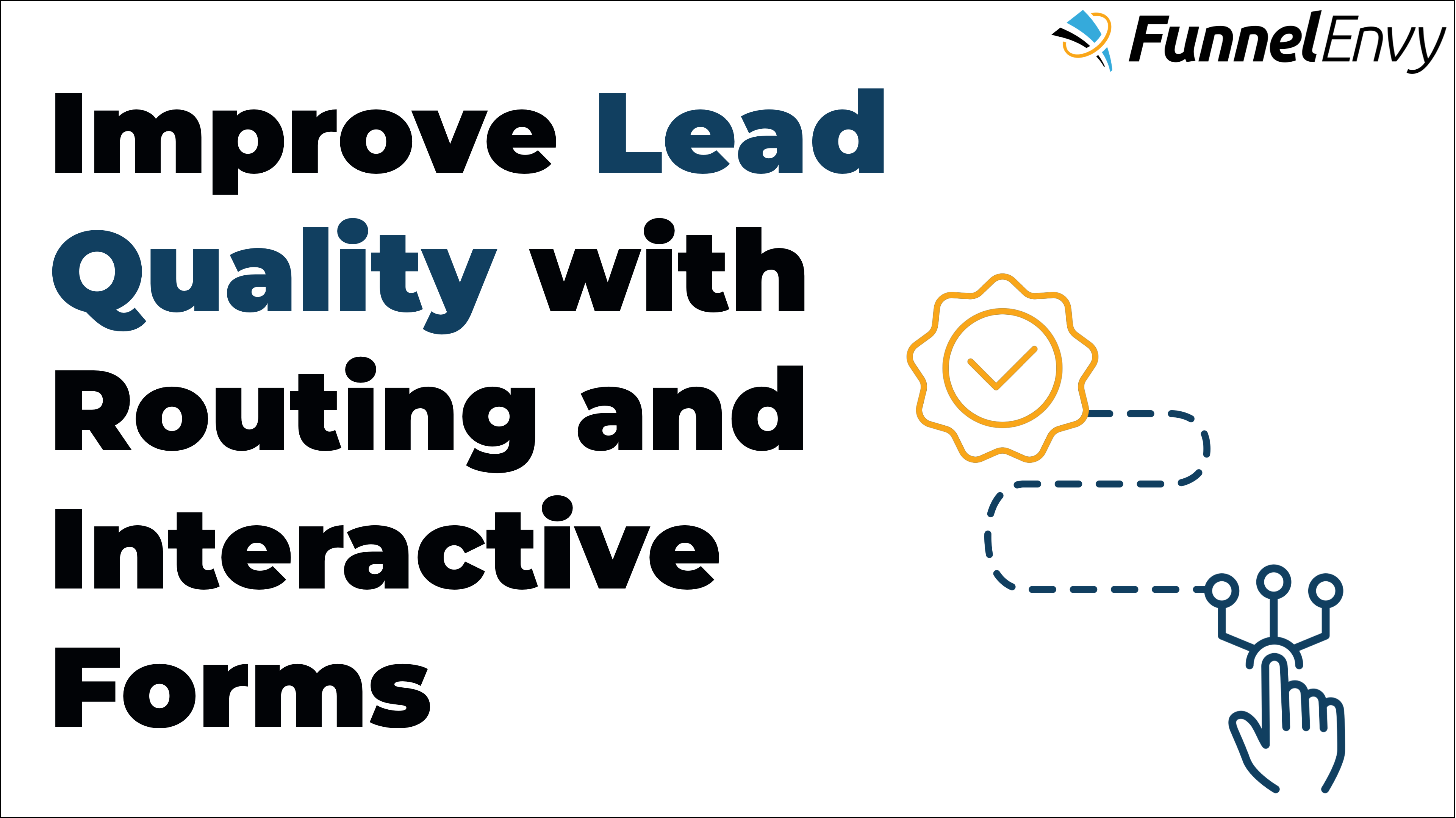Multi Step Forms – Friction
So most lead forms are going to look just like this example where it’s a single form asking PII questions, some company-based information as well. Normally it’s sales teams that are requesting some of these questions so that they can auto qualify the lead, turn it into an MQL. The issue with this is we’re asking a lot of the user or prospect right out of the gate. It’s a lot of information for them to fill out. It creates friction and generally creates a higher cognitive load.
So what we recommend instead is to use multi-step forms.
So like the name entails, multi-step form is simply chunking up those existing form inputs into multiple steps. It makes it come across a bit more manageable and what we’ve seen additionally work well is to start with those simple to answer questions. First name, last name, email address. Users are going to give this information without even thinking about it.
And then we can move on to subjectively the harder to answer questions, company size, phone number, things that create cognitive friction, And things like that.
By the way, this is just 1 pattern of many that we’ve uncovered experimenting on B2B and Lead Gen websites. If you want access to our full playbook just send me a DM and I’ll send it over to you for free.
Now this pattern works well due to a concept called foot in the door. We’re asking the simple to answer questions first, creating that initial momentum with the user before presenting them the more difficult to answer questions.
So take a look around. I think you’ll find that a lot of companies actually are still using single step forms.
If your goal is incremental leads, increasing the quantity of leads coming through, your goal is to minimize friction, in which case, chunk that form up into multiple steps.
